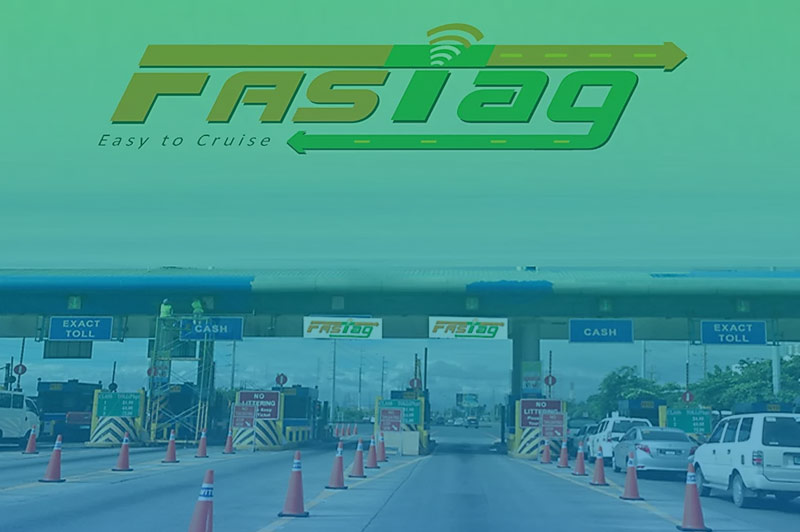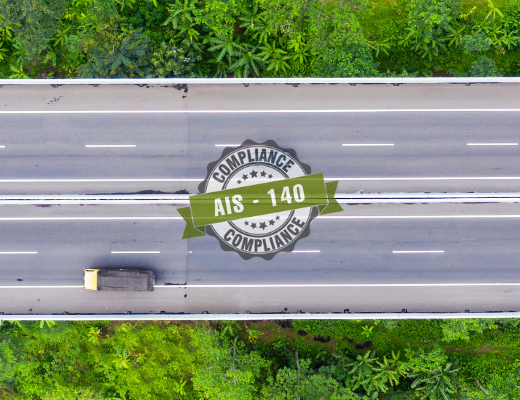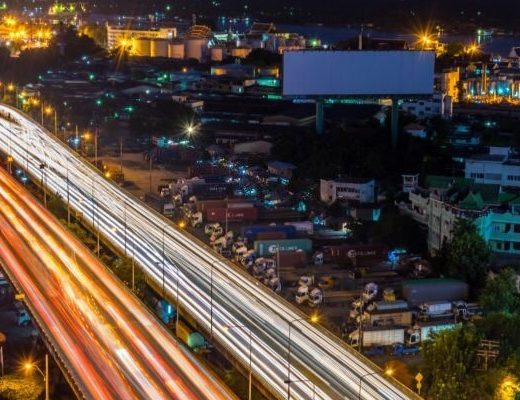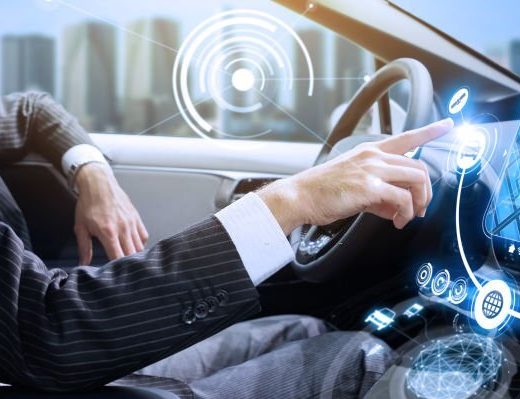Blistering heat, harsh monsoon and slayer thunderstorms are a few challenges that an Indian commercial driver faces season after season. But the snaking queues at the toll plazas are a regular affair. And, when the turn comes, he had to wait again after paying cash to the booth operator till the tariff is counted; change is taken out, counted again and handed back with a printed receipt.
A survey conducted by Transport Corporation of India (TCI) and IIM Kolkata in 2013 says that Rs. 60,000 Crore or USD 9.2 billion was lost every year in the toll booth hold ups. The Indian National Highway Association (NHAI) then proposed to the government a digital alternative to toll booth transactions. The alternate module is FASTag, which was eventually implemented to simplify and ensure hassle-free operations at the toll plazas.
What is FasTag?
FasTag is a radio frequency identification device (RFID), which comes as a reloadable tag that ensures seamless movement of a vehicle on the run on highways. The device has to be registered with Central Clearing House (CCH) operators and the bank account first. And then, it needs to be placed on the vehicle’s windscreen. When the vehicle passes through a toll plaza, the sticker or tag is auto-scanned and payment is instantly deducted from a prepaid account linked to the tag.
What are the FasTag benefits?
Saves time – A special lane dedicated for FasTag users means it saves time.
Ease of payment – A user can avoid carrying cash for the toll transactions.
Seamless movement – The non-stop vehicular movement means lower fuel cost.
Online Recharge – Need not to stand in a queue to recharge the tag. Users can recharge a FasTag online through credit card/debit card/ NEFT/RTGS/net banking.
SMS alerts – There is a provision to alert the users through SMS about their toll transactions, low balance, etc.
Online Portal – A user can sign up on the online portal and use it to recharge, lodge complaint or check what’s latest.
Validity – Validity of 5 years means that the tag is making life easy for users, as it has to be reissued only once in every five years.
Environmental benefit – Implementation of FasTag has reduced air pollution and use of paper.
Social benefit – There’s a drastic change in the toll plazas, as toll payment hassles are minimized and highway management system has improved.
Economic benefit – The FasTag has also reduced the efforts in managing the toll plazas.
While the FasTag has many positive sides, it also has its drawbacks. It will come as a complete winner only if these flaws are sorted as soon as possible.
What are the challenges faced by FasTag?
FasTag charge is high for multi-axle vehicles – Multi-axle vehicle owners are hesitant to opt for FasTag as the toll charges for such vehicles are quite high. A truck requires more than Rs. 2,000 for 10 trips while a car can make 10 trips at a much lower value. This gives people the ideas for deploying car tags in trucks.
FasTag may not be approved – When there is no amount in the account, no credit is given to the users. Then the user has to pay in cash. Moreover, at times, the RFID scanner goes through technical issues, leaving a FasTag user in a fix to pay the toll amount in cash.
FasTag can be stolen or lost – Since the FasTag comes in a tag form, it can easily be stolen or lost. In such a situation, one should never forget to request the agency to block the FasTag account instantly and process re-issuance.
FasTag can be wrongly charged – Due to technical flaws, at times, a FasTag user may be wrongly charged. And, the user is only left with the option to report the matter as soon as he/she comes to know about it and asking for reimbursement.
FasTag may face malfunction or damage – A user can report about the same and ask for a replacement.
FasTag faces the issue of discipline at all most every toll plaza – Vehicles without the FasTags enter the designated lane while the ones with FasTags wait for their turn, behind these vehicles.
Same lane for electronic toll collection (ETC) and very important person (VIP) – There should be a dedicated ETC lane at every toll plaza. Not having a dedicated ETC lane means the purpose of FasTag fails as it causes a delay in the journey of FasTag users.
Though FasTag is seen as an advantageous mode of toll collection system, offering benefits to both – the user and the collector, until the drawbacks or the challenges are not uprooted to the base, the module can face serious crunch. The Government of India needs to consider the challenges faced by FasTag and come up with positive solutions to make the most out of a technologically superior mode of toll collection.
Solution –
- Creating a co-branding ecosystem that makes the one with the best customer service win.
- Having a more and more agencies for recharging and providing support on FasTags.
Highway Saathi (www.highwaysaathi.com), an initiative by Metro Infrasys, is one such step in this direction. It brings various recharging platforms together for FasTags and the local ones. Further by offering an ambulance service connected to the same, it encourages the people to use an online recharge than to queue up at the plaza. Moreover, it makes is easy for the ambulance to locate a user on the highway by the means of GPS tracking.



